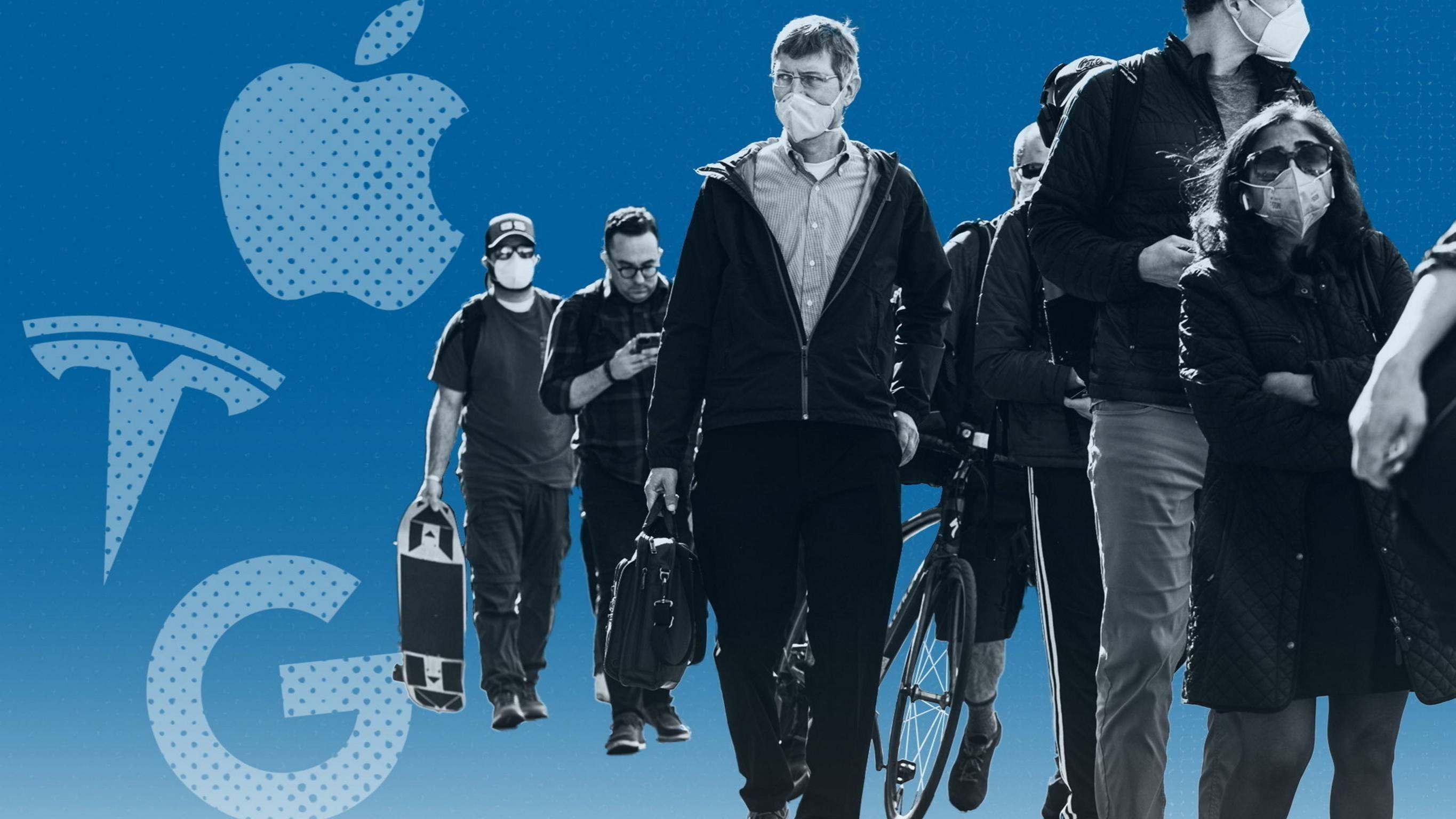Space exploration: reimagining the workplace
With hindsight, it is easy to scoff at employers who were making firm plans for RTO — return to the office — in mid-2020, when the pandemic was really only just getting started.
But offices loom large in the executive psyche. They can also be a skyscraping financial commitment, second only to pay. Combine that with the century-old presumption that work is best done in buildings tailor-made for working, and it should come as no surprise that many chief executives and chief financial officers wanted to refill these costly containers as soon as possible.
A few, of course, notably in the technology sector, went in the opposite direction, dictating that staff need never return and could remote-work for ever. Wise commentators pointed out to me at the time that companies veering to one or other extreme would be caught out, and so it has proved.

Involuntary remote work during the pandemic forced many people to rearrange their homes for work purposes — and those arrangements endure. But part of the problem is that most offices do not yet allow for the same flexibility.
There are exceptions. Lego laid plans for its new “campus” at its Denmark HQ before Covid, but it looks ideally suited to a new world where the borders of office work are blurred. It is supposed to “provide a space for all colleagues to network and play during and after working hours” (my italics). It features a fitness studio, communal kitchens, a cinema and accommodation for visiting employees.
Campus is an apt description for the complex, which opened in April. Business school students will recognise the mix of work, recreation, cultural and culinary stimulation from universities everywhere.
These are not new ideas. Analysing office design schemes in 2006, Jeremy Myerson and Philip Ross, veteran observers of the future of work, identified the emergence of four “realms” for white-collar work: the academy, a corporate realm; the agora, for public engagement, say with customers; the guild, where colleagues connect; and the “lodge”, where work overlaps with home.
In Unworking, a timely new book about how to reinvent the office, they enlarge on some of the ways in which these realms have become increasingly porous, accelerated by the pandemic. If only planning restrictions were looser, offices could mingle with the cities where they are located. A corporate auditorium by day could become a cinema for residents by night; a staff canteen could transform into a “dark kitchen” for Deliveroo users.
Reinventing the office requires brave organisational thinking and leadership. In 1988, Jan Carlzon, then head of airline SAS, had to send a memo instructing employees to use the solar-heated “main street” that the group had created at the heart of its new headquarters to encourage collaboration. But, even if staff are won over by the new office, bold design touches and radical furnishings may look like an unwieldy overhead to the finance department, and a health and safety problem to facilities.
This story originally appeared on: Financial Times - Author:Andrew Hill


















